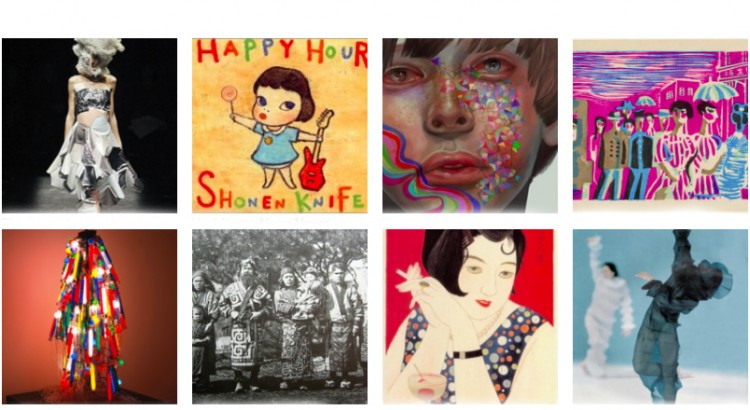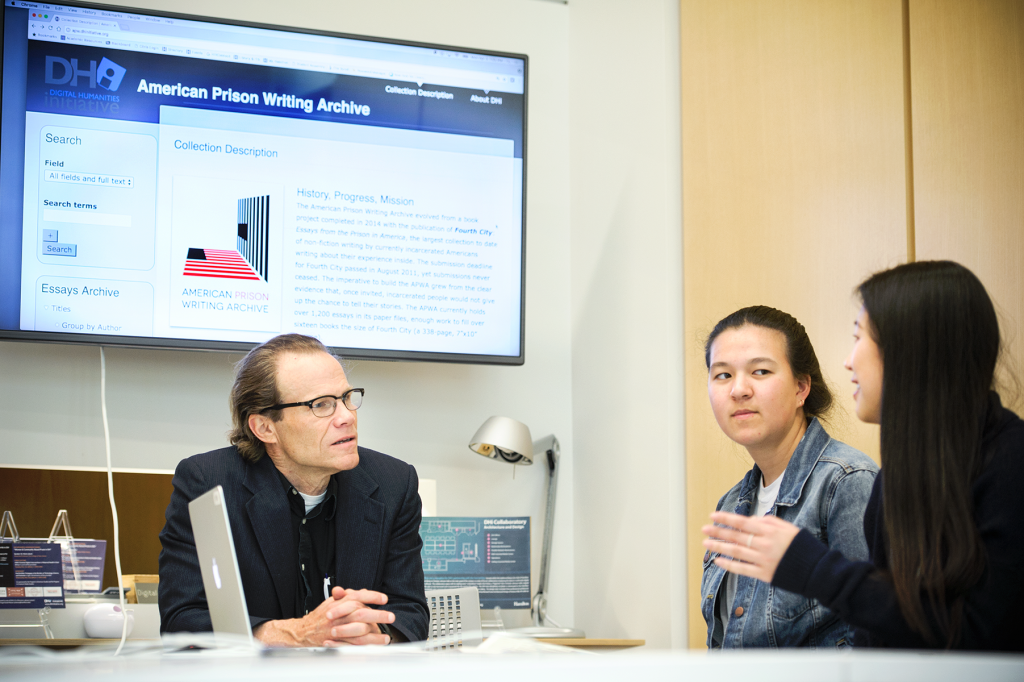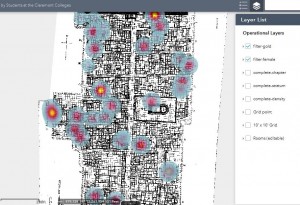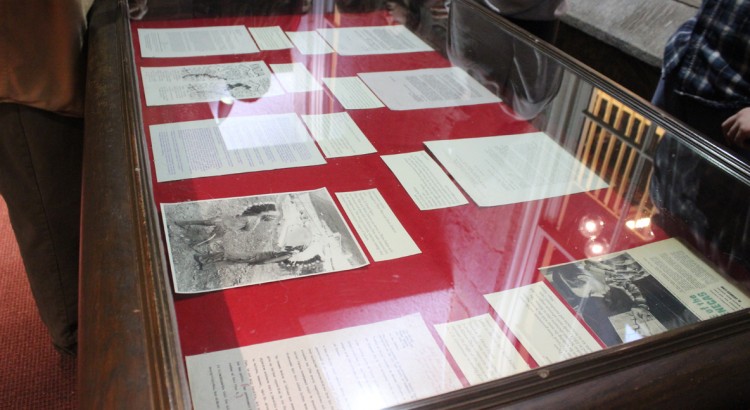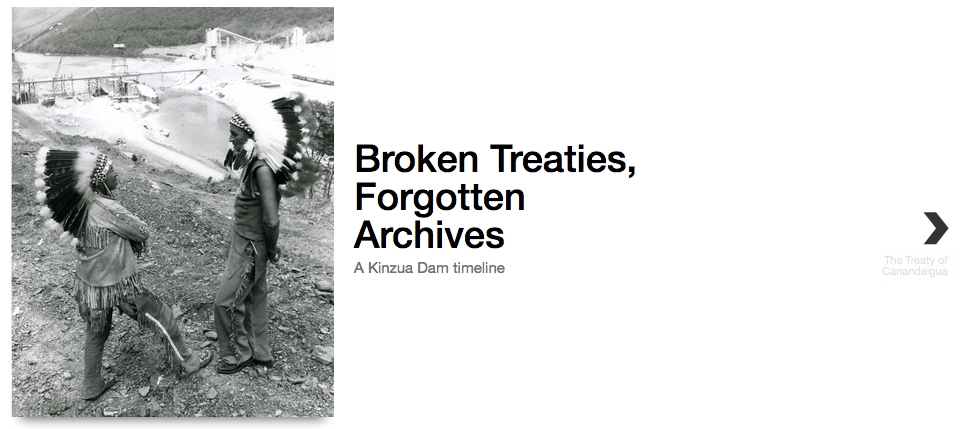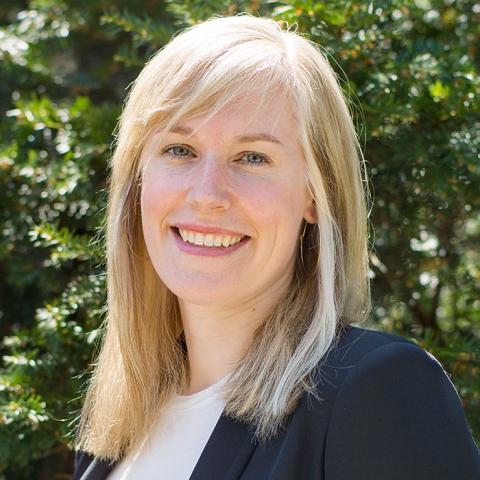
co-editor Digital Asia
The ASIANetwork Exchange recently published a special issue titled Digital Asia which expands upon the pedagogical research presented at the 25th Annual ASIANetwork Conference, “Digital and Beyond: Ways of Knowing Asia.” Co-edited by Prof. Erin Schoneveld (Haverford College), several articles in this volume explore the productive relationship between digital technology and Universal Design for Learning (UDL.)
ASIANetwork’s theme of “Digital Asia” highlights a wide range of approaches used to represent and examine rapid economic, social, political, and environmental changes and their impacts on Asian cultures. These methods are comprised of both traditional academic disciplines as well as digital technologies that simultaneously allow for the preservation of existing information as well as the creation and sharing of new data, texts, and images resulting in original ways of analyzing and constructing Asia. Within this context, these articles also examine the productive relationship between digital technology and Universal Design for Learning (UDL). UDL offers strategies for faculty to design curricula that stimulate interest in differentiating the ways students are able express what they know.
Prof. Schoneveld’s article, Japanese Modernism Across Media, examines the pedagogical benefits of implementing a semester-long digital curation project using the open-source web-publishing platform Omeka Classic. This digital curation project was supported by Haverford College Library and Mike Zarafonetis, Coordinator of Digital Scholarship and Research Services. Schoneveld’s colleagues Prof. Shiamin Kwa and Anna-Alexandra Fodde-Reguer, Research and Instruction Librarian, in the Haverford and Bryn Mawr (Bi-College) East Asian Languages and Culture Department contributed the article, The Chinese Poster Project: EALC Pedagogy and Digital Media, which highlights Haverford College Library’s fantastic collection of Chinese political posters held in Special Collections.
